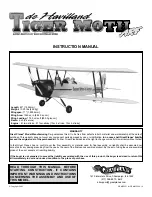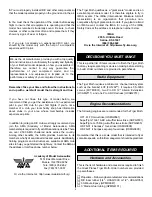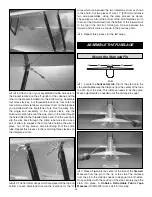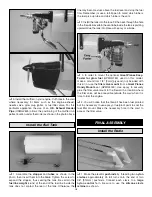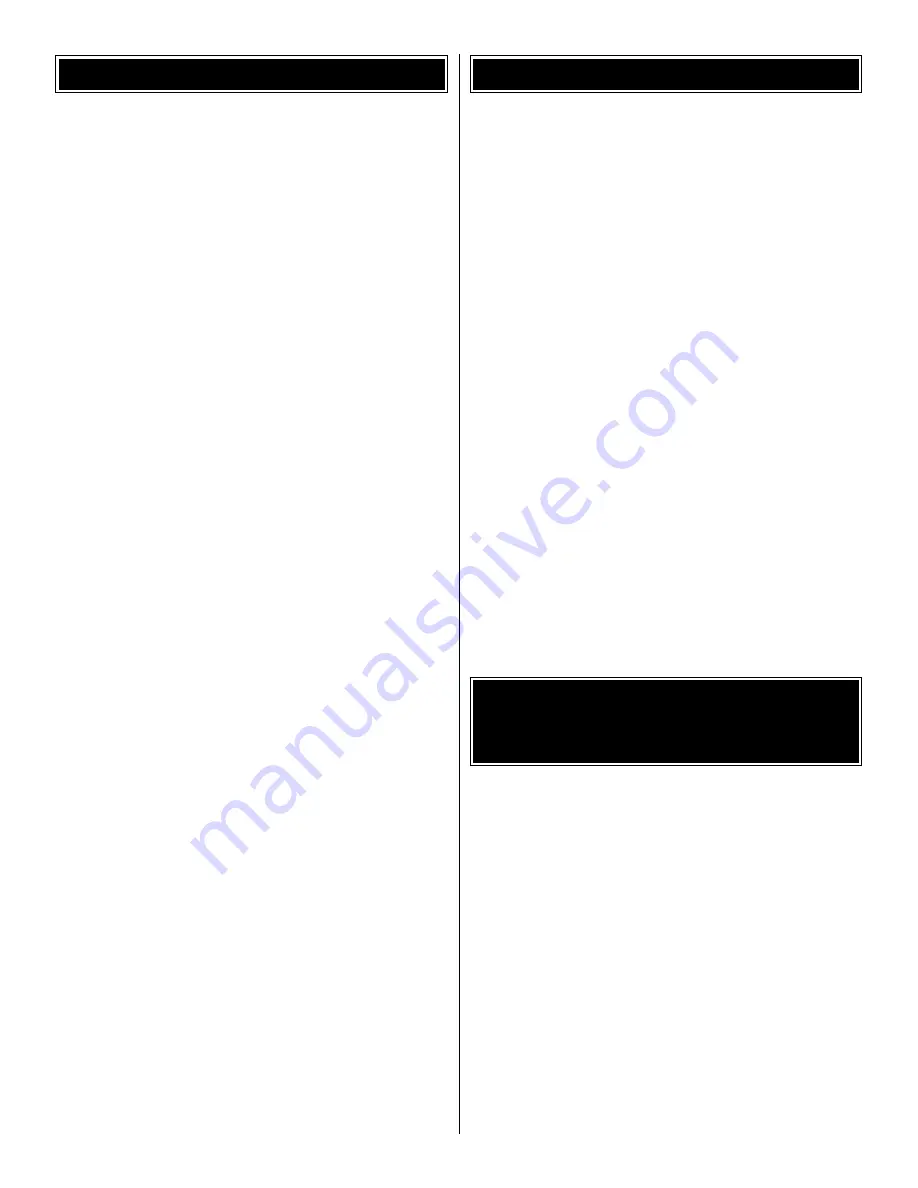
INTRODUCTION ................................................................2
SAFETY PRECAUTIONS ..................................................2
DECISIONS YOU MUST MAKE ........................................3
Radio Equipment................................................................3
Engine Recommendations .................................................3
ADDITIONAL ITEMS REQUIRED .....................................3
Hardware and Accessories ................................................3
Covering Accessories.........................................................4
Adhesives and Building Supplies .......................................4
Optional Supplies and Tools...............................................4
IMPORTANT BUILDING NOTES.......................................4
ORDERING REPLACEMENT PARTS...............................5
KIT CONTENTS.................................................................6
PREPARATIONS................................................................7
ASSEMBLE THE WING .....................................................7
Hook up the Ailerons..........................................................7
JOIN THE WINGS ..............................................................9
Install Flying Wires ...........................................................11
ASSEMBLE THE FUSELAGE .........................................12
Mount the Stab and Fin....................................................12
Install the Engine..............................................................15
Mount the Cowl ................................................................15
Install the Fuel Tank .........................................................16
FINAL ASSEMBLY ..........................................................16
Install the Radio ...............................................................16
Install the Landing Gear ...................................................19
Finishing Touches.............................................................20
GET THE MODEL READY TO FLY..................................20
Check the Control Directions ...........................................20
Set the Control Throws.....................................................21
Balance the Model (C.G.).................................................21
Balance the Model Laterally.............................................22
PREFLIGHT .....................................................................22
Identify Your Model ...........................................................22
Charge the Batteries ........................................................22
Balance Propellers ...........................................................22
Ground Check ..................................................................23
Range Check....................................................................23
ENGINE SAFETY PRECAUTIONS .................................23
AMA SAFETY CODE (Excerpt)......................................23
General.............................................................................23
Radio Control ...................................................................23
CHECK LIST....................................................................24
FLYING.............................................................................24
Fuel Mixture Adjustments.................................................24
Takeoff ..............................................................................25
Flight.................................................................................25
Landing.............................................................................25
Thank you for purchasing the Great Planes Tiger Moth ARF.
This model is a re-creation of the deHavilland D.H. 82 Tiger
Moth which was originally developed from the D.H. Gipsy
Moth. It was first flown in October of 1931 and became the
basic trainer for Britain's Royal Air Force. More than 8,700
Tiger Moths were manufactured, with 4,200 going to the
Royal Air Force, where it trained thousands of pilots for
World War II service. It continued to serve the post-war RAF
until 1951. There are more than 250 still flying today.
The Tiger Moth has a wingspan of 29 ft. 4 in., a fuse length
of 23 ft. 11 in., and is powered by a 145-hp deHavilland
Gipsy Major 1C inline piston engine. The plane has a
maximum speed of 107 mph, a ceiling of 14,600 ft. and a
range of 275 miles.
We hope your new Great Planes Tiger Moth ARF provides
you with many hours of flying fun and enjoyment.
For the latest technical updates or manual corrections for
the Tiger Moth, visit the web site listed below and select the
Great Planes Tiger Moth ARF. A “tech notice” box will appear
in the upper left corner of the page if there is new technical
information or changes.
http://www.greatplanes.com/airplanes/index.html
1. Your Great Planes Tiger Moth ARF should not be
considered a toy, but rather a sophisticated, working model
that functions very much like a full-size airplane. Because of
its performance capabilities, the Tiger Moth, if not
assembled and operated correctly, could possibly cause
injury to yourself or spectators and damage property.
2. You must assemble the model according to the
instructions. Do not alter or modify the model, as doing so
may result in an unsafe or unflyable model. In a few cases
the instructions may differ slightly from the photos. In those
instances the written instructions should be considered
as correct.
3. You must take time to assemble straight, true and strong.
4. You must use an R/C radio system that is in first-class
condition, and a correctly sized engine and components
(fuel tank, wheels, etc.) throughout the assembly process.
PROTECT YOUR MODEL, YOURSELF
& OTHERS...FOLLOW THESE
IMPORTANT SAFETY PRECAUTIONS
INTRODUCTION
TABLE OF CONTENTS
2

